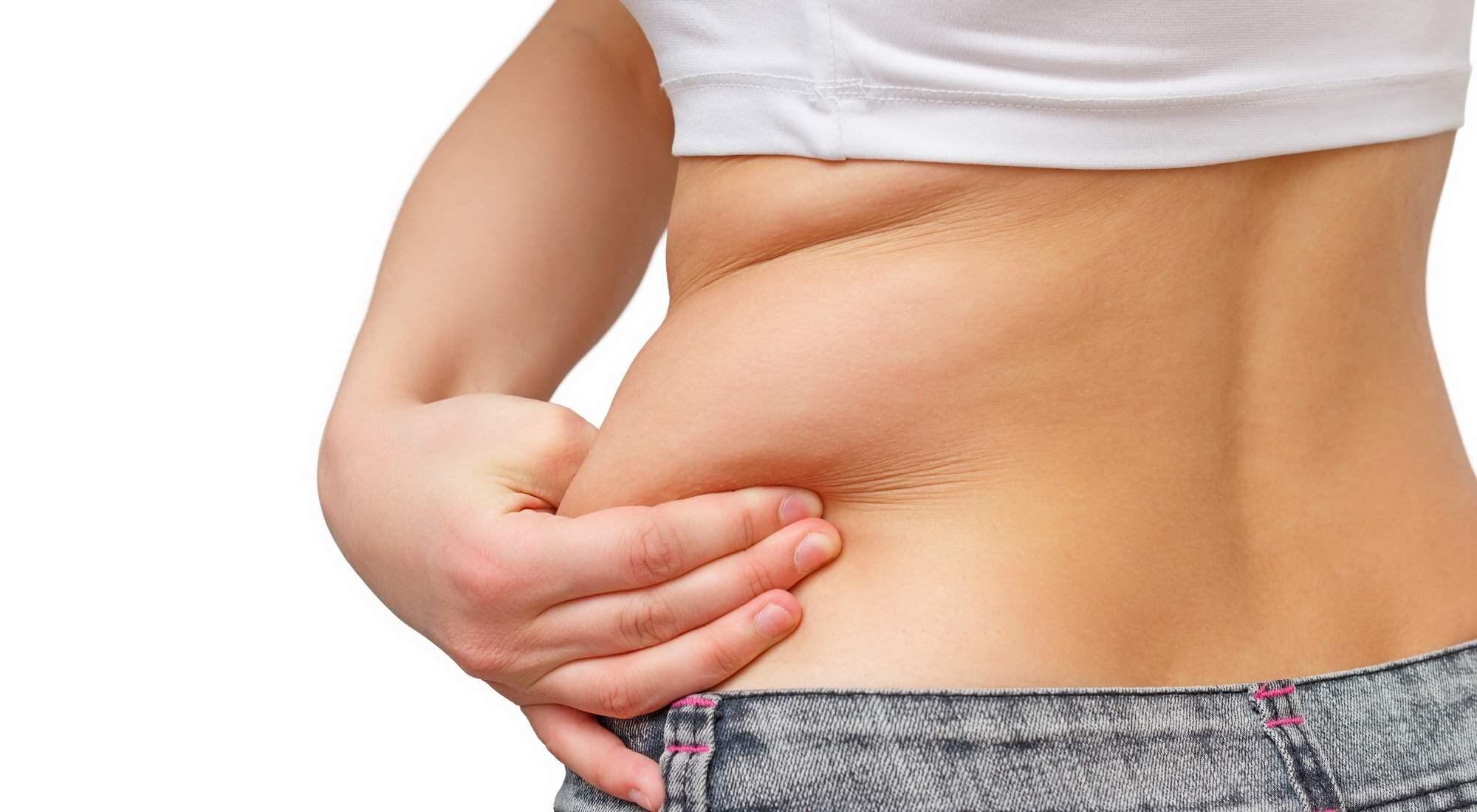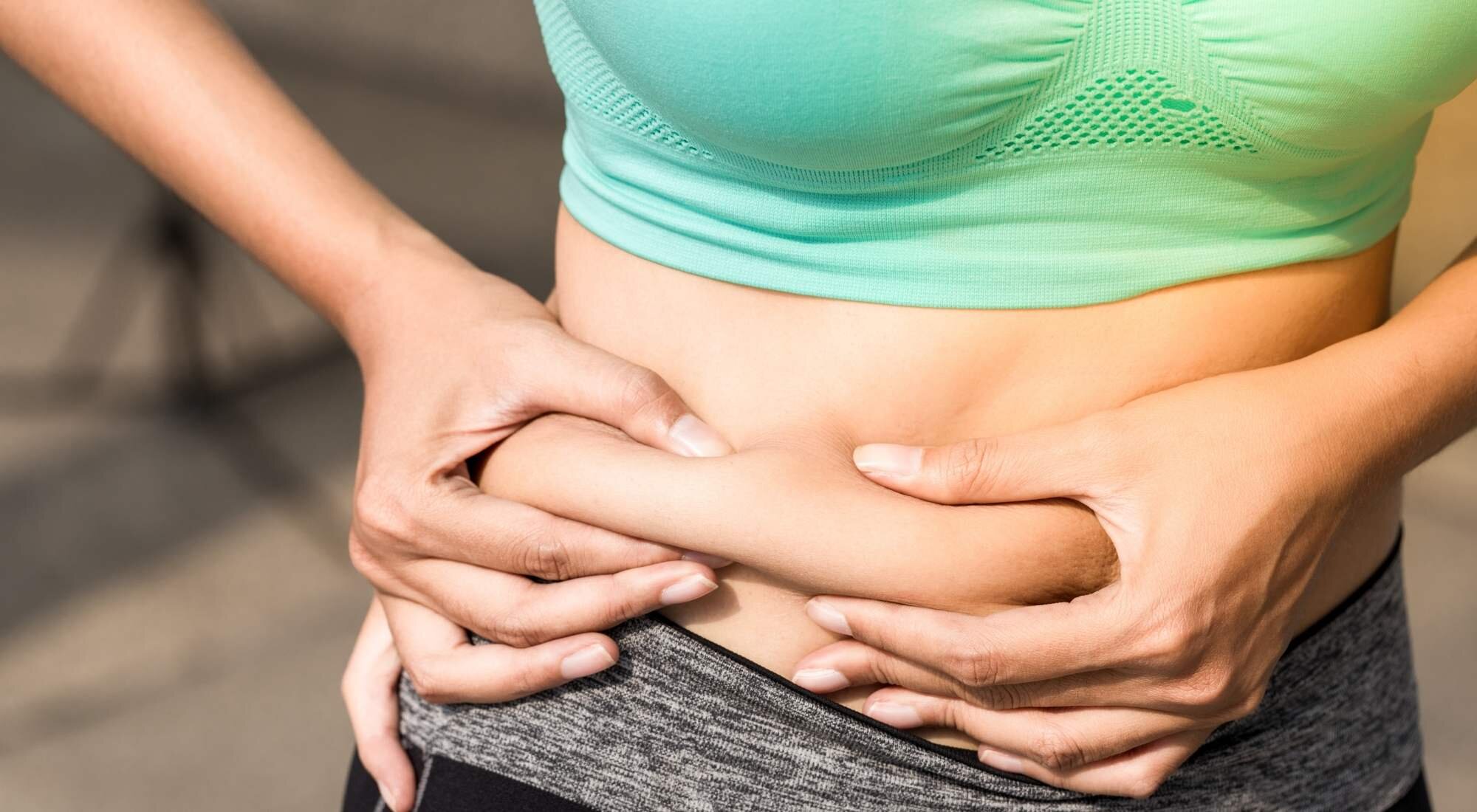CoolSculpting: Does it Hurt?
You’ve heard that CoolSculpting is all the rage if you’re looking to rid your body of unwanted fat.
You’ve seen the results others have experienced, you’re curious about the side effects, and asking, “Does CoolSculpting hurt?”
We’ve got the answers you’re looking for.
In this guide, we’re discussing if CoolSculpting hurts and what you should expect during and after your treatment. Keep reading to learn more.
Table of Contents
Does CoolSculpting Hurt During the Procedure?
Most patients experience pain during the procedure itself. This pain is often described as more of an uncomfortable feeling and less of a painful feeling — but it really depends on how you react to sensations.
Patients often say they feel …
Tugging
Pulling
Pinching
Numbness; or
Itching
… sensations during the procedure.
These sensations are typically felt around the treatment site. Before your CoolSculpting treatment, Barnett Dermatology’s physicians will go over exactly what you might experience during and after your treatment.
Why Does CoolSculpting Hurt During the Procedure?
During the beginning of your treatment, you may experience a tugging sensation — this happens when the medical suction is used to keep your skin in place between the cooling panels of the CoolSculpting device.
Following the tugging sensation, patients often claim they feel pain and numbness at the beginning of the procedure — typically due to the freezing applicator used.
Aside from the numbness and tugging, patients may also feel a “pinching and pulling” sensation that is caused by the fat cells being frozen and pulled out of the skin.
How Long Does CoolSculpting Hurt During the Procedure?
You’re expecting some discomfort, but how long does CoolSculpting hurt while the treatment is occurring?
The sensations you feel during the CoolSculpting procedure usually last five to ten minutes — generally, more discomfort is felt after the procedure is finished.
Does CoolSculpting Hurt After Treatment?
Generally speaking, no, CoolSculpting does not typically hurt after treatment; but we can’t say the answer is an “across-the-board” no because everyone has different pain tolerances.
As with any procedure, it is important to be on the lookout for any of the following potential side effects of CoolSculpting:
Minor pain
Redness
Tingling
Swelling
Itchiness
Numbness
Tenderness; or
Minor bruising
Although the Aesthetic Surgery Journal found that out of almost 1,500 people, only 12 experienced any complications or side effects from CoolSculpting.
Remember when you were a child, and you spent too long outside sledding — when you came inside and let your fingers and toes warm up by the fire?
That tingling feeling you felt until your fingers warmed up is the best way to describe the feeling after a CoolSculpting treatment.
Why Does CoolSculpting Hurt After Treatment?
Patients who have already had the CoolSculpting procedure often say that after the treatment, the pain they felt was minimal or “uncomfortable.”
This discomfort is due to the “cooling” effects of the procedure — as your body starts to adjust to the fat cells being removed, this discomfort may come and go for some time after the procedure is completed.
Patients also say that the 2-3 minute massage that comes after the procedure is the most uncomfortable part. This is caused by the fat cells starting to die.
In a few cases, instead of fat cells shrinking, the treated area expands in response to the cold temperatures.
This is known as paradoxical adipose hyperplasia (PAH). And by a few cases, we mean that PAH has an incident report rate of 0.0051% of 1.5 million procedures performed around the world.
How Long Does CoolSculpting Hurt After the Treatment?
Some people experience minimal to no symptoms after CoolSculpting, while others feel slight discomfort.
The side effects from CoolSculpting generally last for only a few weeks after treatment. Most symptoms are mild and subside in little to no time.
A few patients who undergo the CoolSculpting procedure say that they experienced delayed post-treatment pain or discomfort — but know that occasionally, minimal pain/discomfort may occur days after the procedure.
If you are concerned about your symptoms after CoolSculpting, never hesitate to talk with a healthcare professional about your concerns.
Wondering if the possible pain and discomfort is worth it?
We believe that the minimal side effects from CoolSculpting, as opposed to other fat-reducing treatments, and the lasting effects make CoolSculpting the ideal treatment for getting rid of stubborn fat pockets.
Are There Factors That Can Affect the Degree of Pain Felt?
Every individual reacts differently to CoolSculpting, so symptoms may vary depending on:
Treatment area
Type of applicator/equipment used
Individual pain tolerance
Etc.
Treatment Area
The most common areas patients get CoolSculpting treatment include:
Under the chin
Under the jawline
Thighs
Abdomen
Underneath the buttocks
Upper arms; and
Back
Depending on where the treatment takes place, you might experience more pain or discomfort in certain places than in others.
The abdomen, for example, is an area that is generally more vulnerable and sensitive to pain from CoolSculpting. The chin is also a more sensitive area, so patients may feel more discomfort when CoolSculpting is performed under the chin or around the jawline.
Other Factors that Affect the Degree of Pain
As we mentioned earlier, everyone has a different pain tolerance, and because pain is subjective, it can be tough to rate how much pain is caused by CoolSculpting. Aside from pain tolerance and the treatment area, other factors include:
The type of equipment used — As technology advances, the equipment used for CoolSculpting also continues to advance, making the procedure less “painful”.
The number of treatments you’ve had — Some people need multiple CoolSculpting treatments before they see the results they want to achieve. As patients adjust to the sensations that come from CoolSculpting, they tend to find it less “painful”.
The fit of clothing after treatment — We recommend wearing loose-fitting clothing after your CoolSculpting treatment. Tight clothing can cause increased irritation to the treated area.
Steps You Can Take to Reduce Pain and Discomfort Caused by CoolSculpting
If you are still worried and questioning if CoolSculpting will hurt or cause discomfort, talk with your doctor about any concerns you may have before or after treatment.
Because CoolSculpting is a non-invasive procedure, anesthesia and prescription pain medications are typically not used or provided.
Your doctor may provide you with the following recommendations to reduce the pain and swelling that may occur after your CoolSculpting procedure. Many advise against taking any medicines prior to treatment as it can cause an increased risk of bruising.
NSAIDs
One option you have to reduce the pain and discomfort is taking a non-steroidal anti-inflammatory drug (NSAID), like ibuprofen. Ibuprofen is great for treating both inflammation and pain.
The typical recommendation for taking ibuprofen for pain or discomfort from CoolSculpting is 400 mg every four to six hours as needed.
Always consult your doctor before taking any NSAIDs, as they are not appropriate for certain people, such as individuals who have a bleeding disorder.
Non-Medicated Options
If you are looking for ways to control the pain or discomfort without pain medication, there are several steps you can take, like:
Meditation before or after the procedure
Warm compresses
Massage therapy
Wearing loose-fitting clothing
Increasing water intake to decrease healing time
Taking it easy the first day or two after treatment
Barnett Dermatology: Your Trusted Source for CoolSculpting Treatment
CoolSculpting is a safe and effective non-invasive body contouring procedure preferred by many.
If you’re interested in getting rid of stubborn fat throughout parts of your body, the experts at Barnett Dermatology are here to help. We understand that sometimes, you just need a little help shedding that last bit of fat.
With over 24 years of experience, Barnett Dermatology’s physicians are experts at helping patients find the best type of fat reduction treatment for their needs.
To learn more about CoolSculpting treatment, side effects and results, call us today for your free CoolSculpting consultation.






